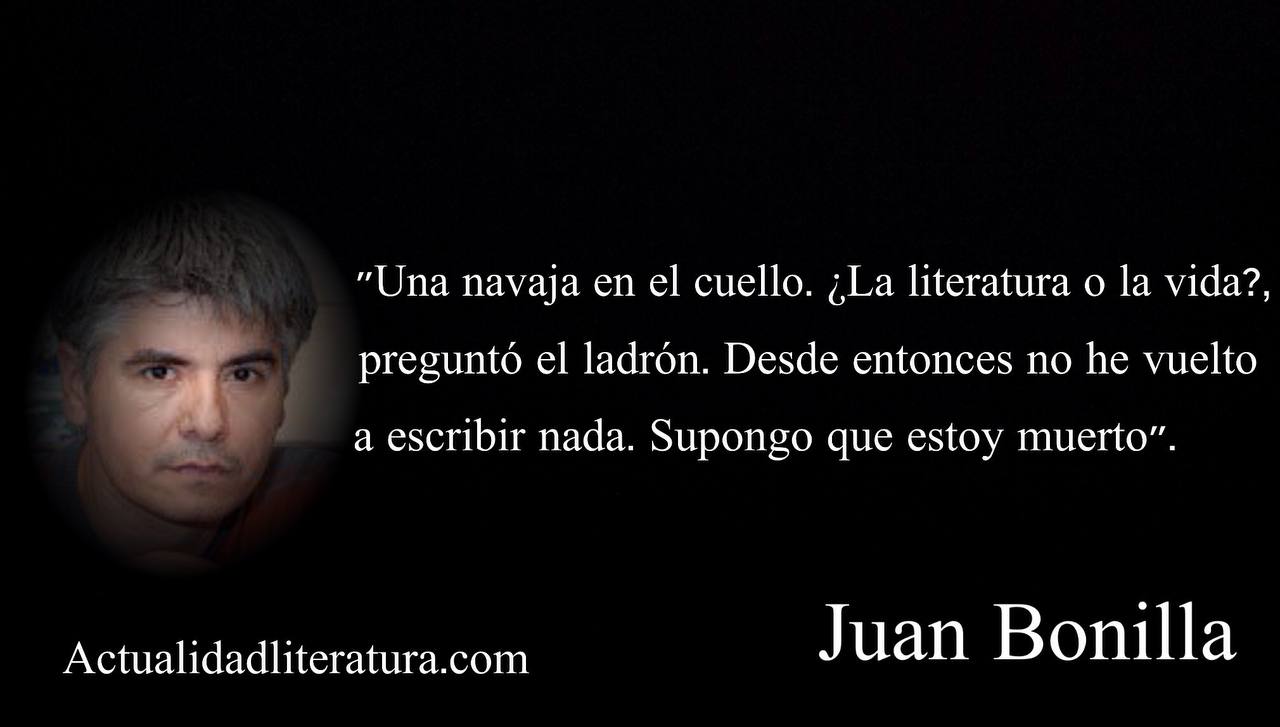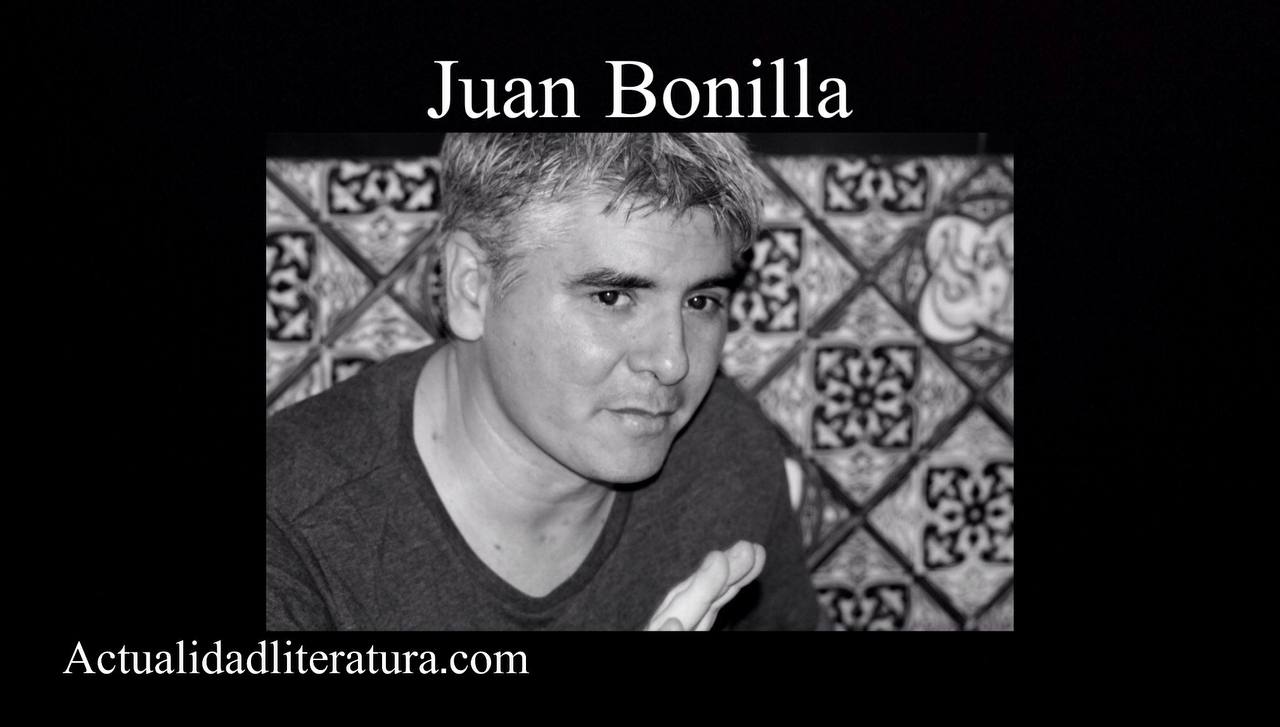
Phrase by Juan Bonilla
In 1996, Ediciones B published Nobody knows nobody, the second novel by the Spanish writer, journalist and translator Juan Bonilla. Three years later, the title was taken to the cinema under the direction of Mateo Gil with a cast headed by Eduardo Noriega, Jordi Mollá and Paz Vega. Later, Seix Barral launched a new version of the book with the name no one against no one (2021)
The novel, in the words of its creator, is a tribute to the city of Seville. The protagonist of the story is Simón Cárdenas, a young university student who dedicates himself to completing crossword puzzles in a Sevillian newspaper to earn a living. That apparently bland initial approach hides a dynamic —somewhat run over due to the scarcity of punctuation marks— and a very exciting one.
Analysis and summary of Nobody knows nobody
Context and initial approach
Bonilla places the story in Seville, a week before the 1997 Holy Week fairs.. It is important to note that the author from Cádiz published the novel in 1996, therefore, the setting anticipates some of the constructions seen in the future. For example, the city's metro is alluded to, although the urban rail system was inaugurated on April 2, 2009.
The main character of the novel is Simon Cardenas, a university student of Philology at the University of Seville who you want to become a writer. However, that job aspiration is initially an illusion, since must settle for doing crossword puzzles in a newspaper place to sustain. In addition, he has a good educational background and has a stable relationship with his girlfriend.
Development
The protagonist shares a flat with Javieran obese boy nicknamed "toad" due to a malformation in its throat that makes it emit a sound similar to the croaking of amphibians. Similarly, Simon's partner is highly intelligent, he likes to show his black humor and his stinging sarcasm. This is probably the best way for him to deal with his physical flaws.
A job that borders on frustration plus a life full of monotony have turned Cárdenas into a dissatisfied person. Nevertheless, the anodyne daily life ends with the arrival of a strange message on the answering machine. The letter in question indicates to the protagonist that must include the word “harlequins” in the next crossword puzzle.
Threats and attacks
Simon doubts at such a strange request, but the applicant does not take long to launch disguised threats to those close to the protagonist (relatives, girlfriend, roommate). Consequently, fear prevails in the mind of Cárdenas...
Shortly after the publication of the crossword puzzle with the word "harlequines", frightful events begin to occur in Seville. Among these terrible events is the attack with asphyxiating gases on a subway station, leaving a high number of deaths and injuries. At that point the protagonist realizes that he has been submerged against his will in a horrible plot.
To make matters worse, the city overflows with faithful and tourists on the eve of Holy Week.
Similarities and differences between the book and the movie
Text and feature film coincide in the core of the plot: time is pressing and Simón must solve the identity of the cause of the attacks. Otherwise, many people could die, starting with himself. As the action progresses, the protagonist feels more anguished due to the feeling of not knowing who to trust and the enormous weight of each one of his decisions.
On the other hand, while the movie is a thriller action, the book is more of a psychological thriller. Consequently, the written novel is much more introspective, dense, full of monologues and slower compared to the feature film. Another notable contrast is time: the prose takes place in the days before Holy Week while the film takes place in the middle of the holy week.
About the author, Juan Bonilla

John Bonilla
Juan Bonilla was born in Jerez de la Frontera, Cádiz, Spain, on August 11, 1966. It should be noted that he has never been willing to talk about himself when he has been interviewed. For this reason, there is not much biographical data published about the writer. Plus, occasionally he has revealed that he was a young man interested in authors other than those studied in elementary school and high school.
Thus, since his adolescence he "soaked in" writers such as Jorge Luis Borges, Vladimir Nabokov, Fernando Pessoa, Charles Bukowski, Herman Hesse or Martín Vigil, among others. Of course, the young Bonilla's curiosity for writers from other latitudes did not prevent him from deeply exploring the letters of several of the most outstanding Spanish writers of the XNUMXth and XNUMXth centuries. Among them:
- Benito Perez Galdos;
- Miguel de Unamuno;
- Juan Ramon Jimenez;
- Damaso Alonso;
- Gustavo Suarez;
- Francisco Threshold;
- Agustin Garcia Calvo.
Literary career
Juan Bonilla has a degree in Journalism (he obtained his degree in Barcelona). Throughout 28 years of literary career, the Iberian author has published six books of short stories, seven novels and seven tests. Also, the man from Jerez has stood out as an editor and translator. In this last facet, he has translated personalities such as JM Coetzee, Alfred E. Housman, or TS Eliot, among others.
Additionally, Bonilla has been described as an existentialist, ironic poet with a good sense of humor. The aforementioned hallmarks are palpable in the six poetry books that bear his signature to date. Currently, the Spanish writer is coordinator of the magazine Zut, as well as a regular collaborator in The Cultural de El Mundo and the portal jot down.
The narrative of Juan Bonilla
Bonilla's first feature, The one who turns off the light (1994), was a text of stories highly praised by critics and the public. That success was continued with the novels Nobody knows nobody (1996) nubian princes (2003) and Forbidden to enter without pants. The latter won the Mario Vargas Llosa Biennial Novel Prize and was chosen by Esquire as one of the ten books of the 2010s.
Regarding his current literary motivations, Bonilla stated the following in an interview with Carlos Chávez and Almudena Zapatero in 2011:
“The only literature capable of agitating or having certain social results is youth literature. But this is the one that is most oriented. In this sense the youth literature It is very important: that is why so much literature of this type is written now, but almost all of it follows the guidelines proposed by those who design from above. Someone says what the kids need and it is written. Until the moment something comes up that goes against that design and then they ban it”.
